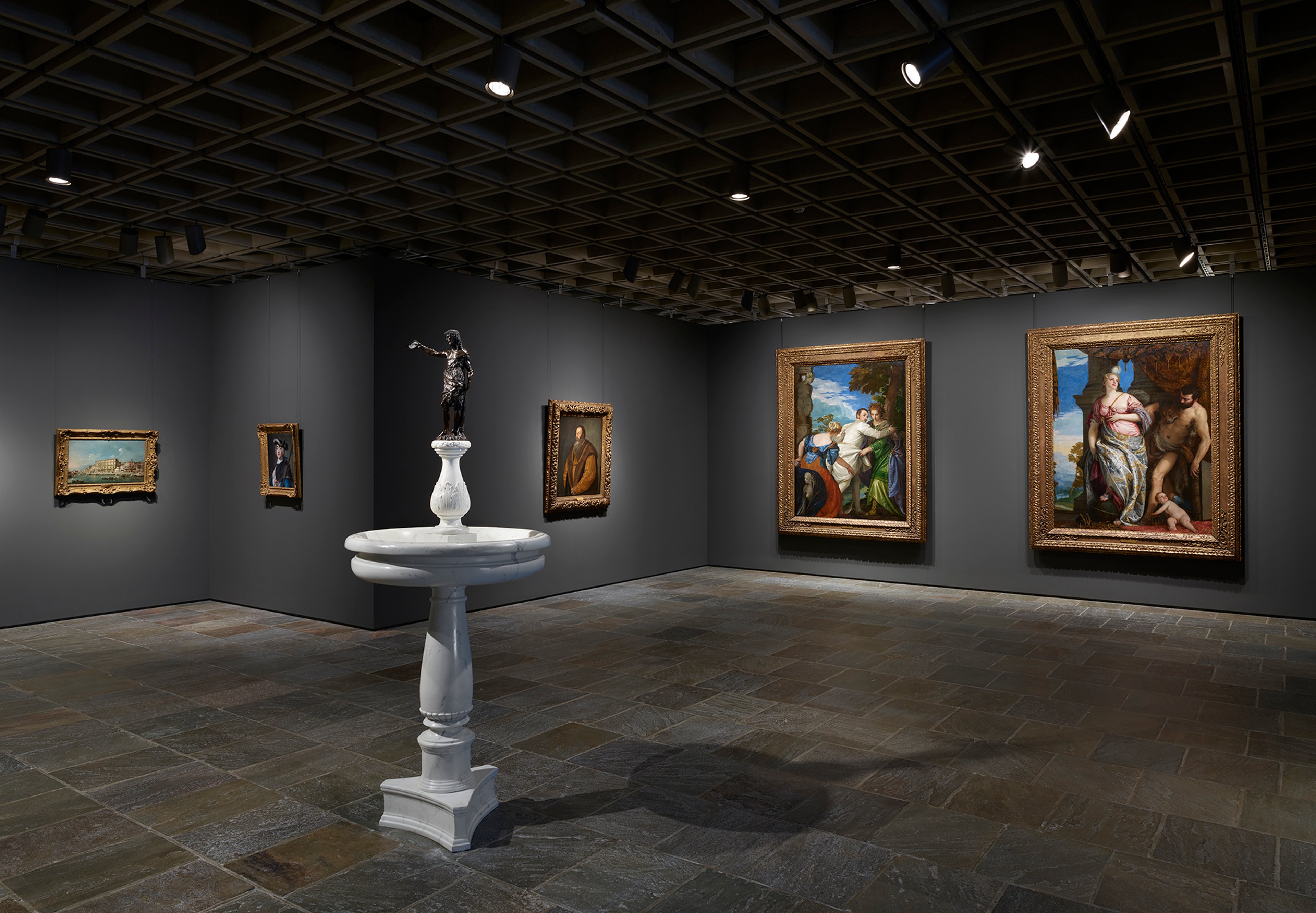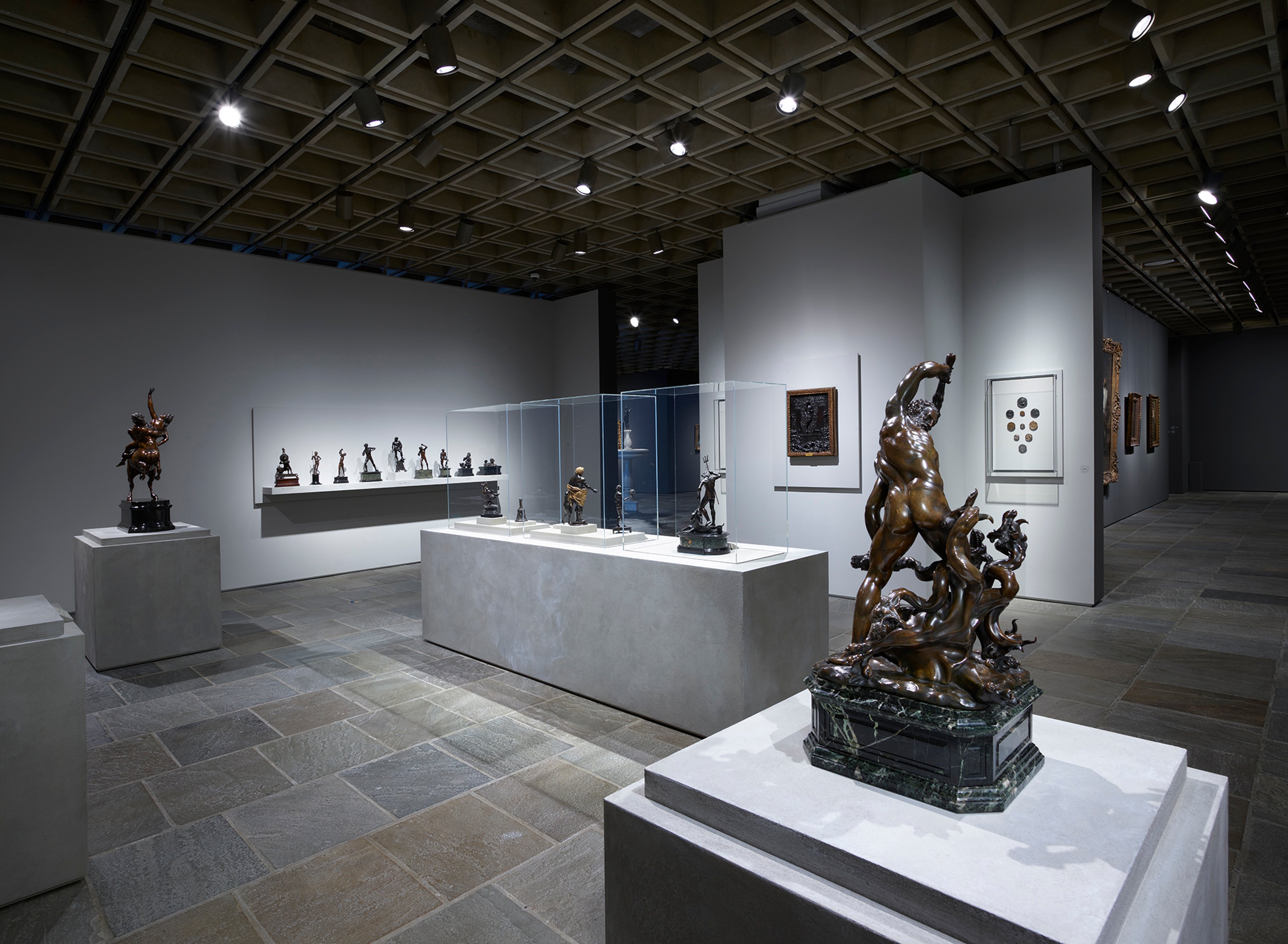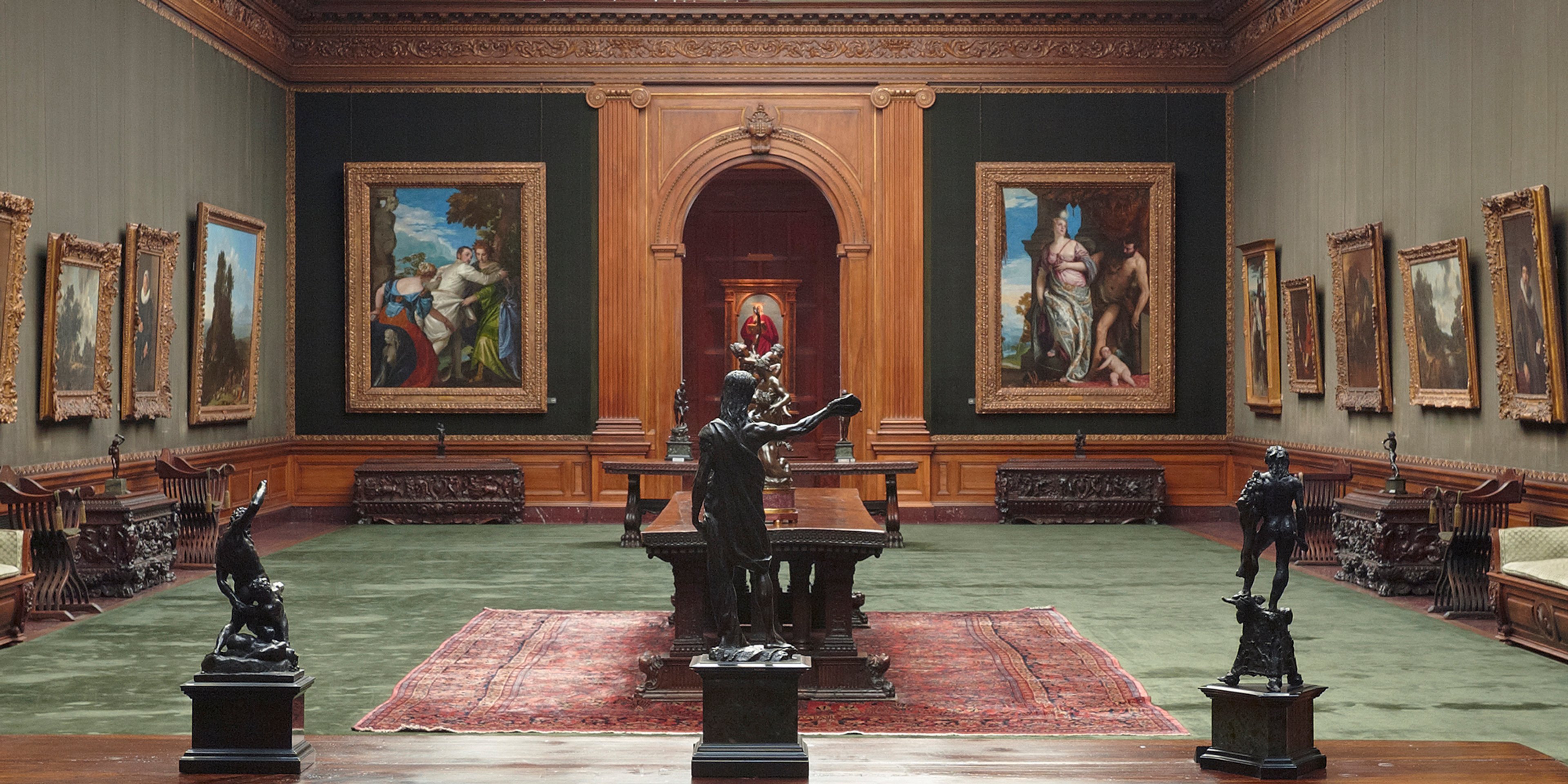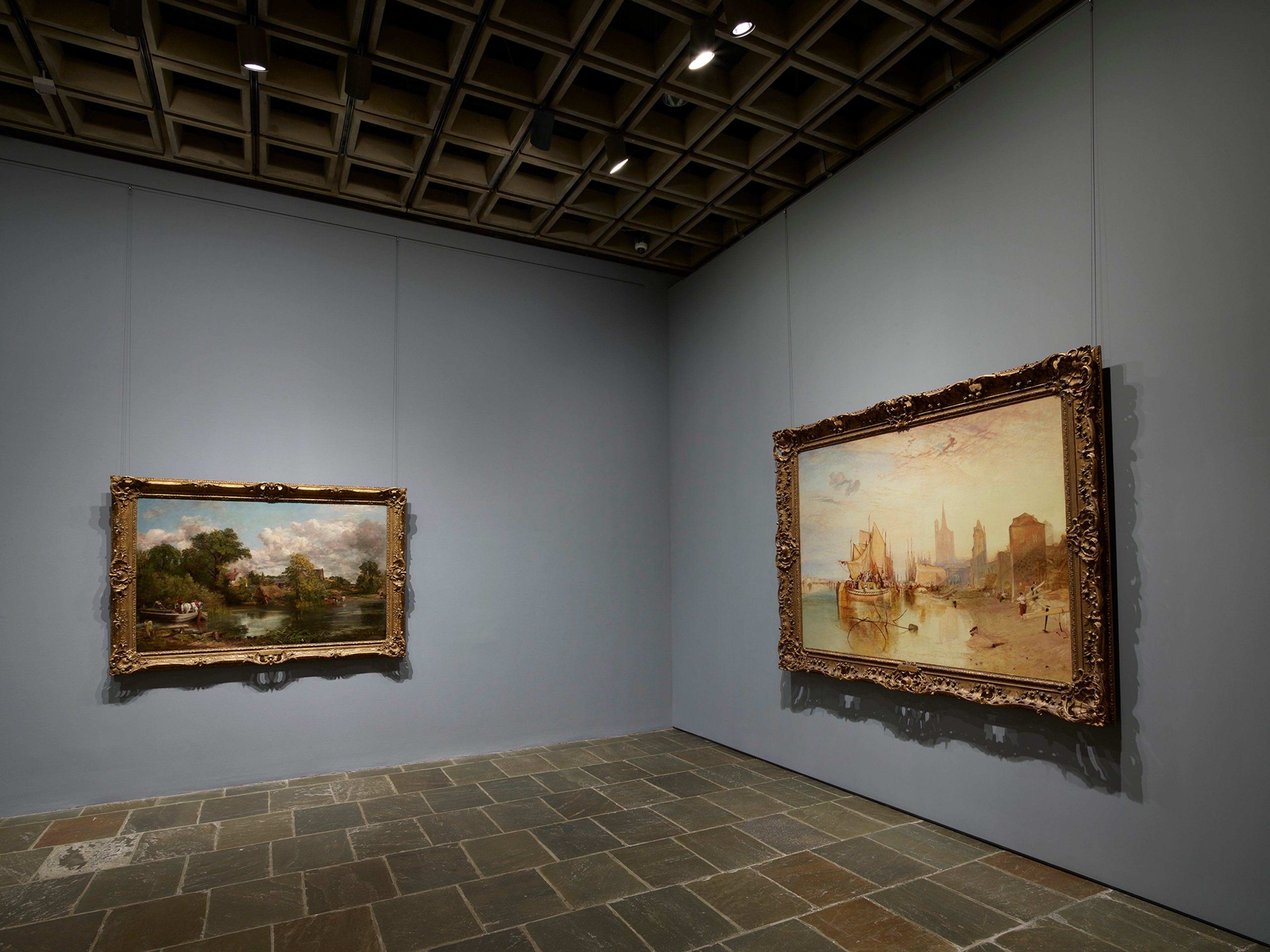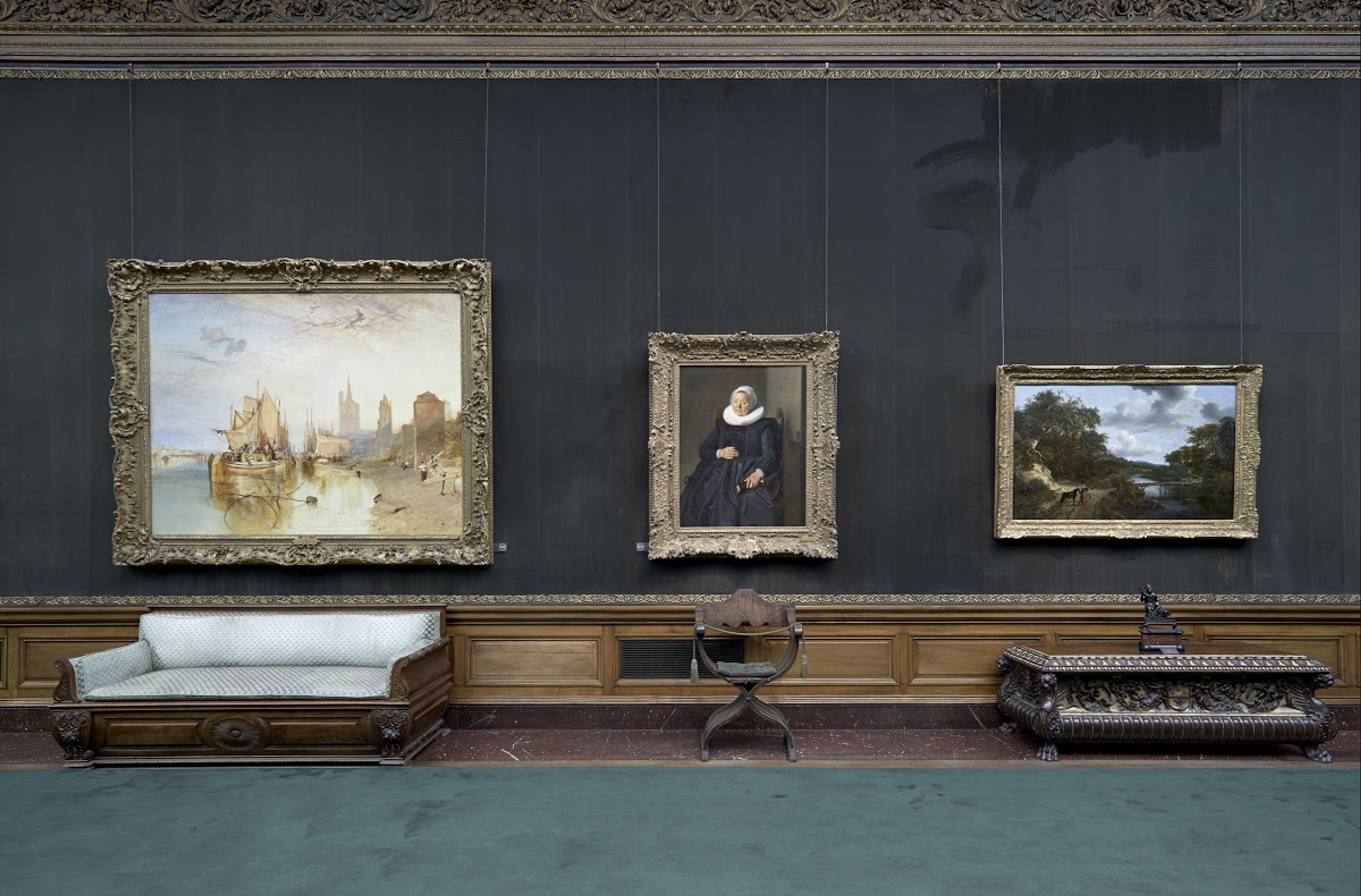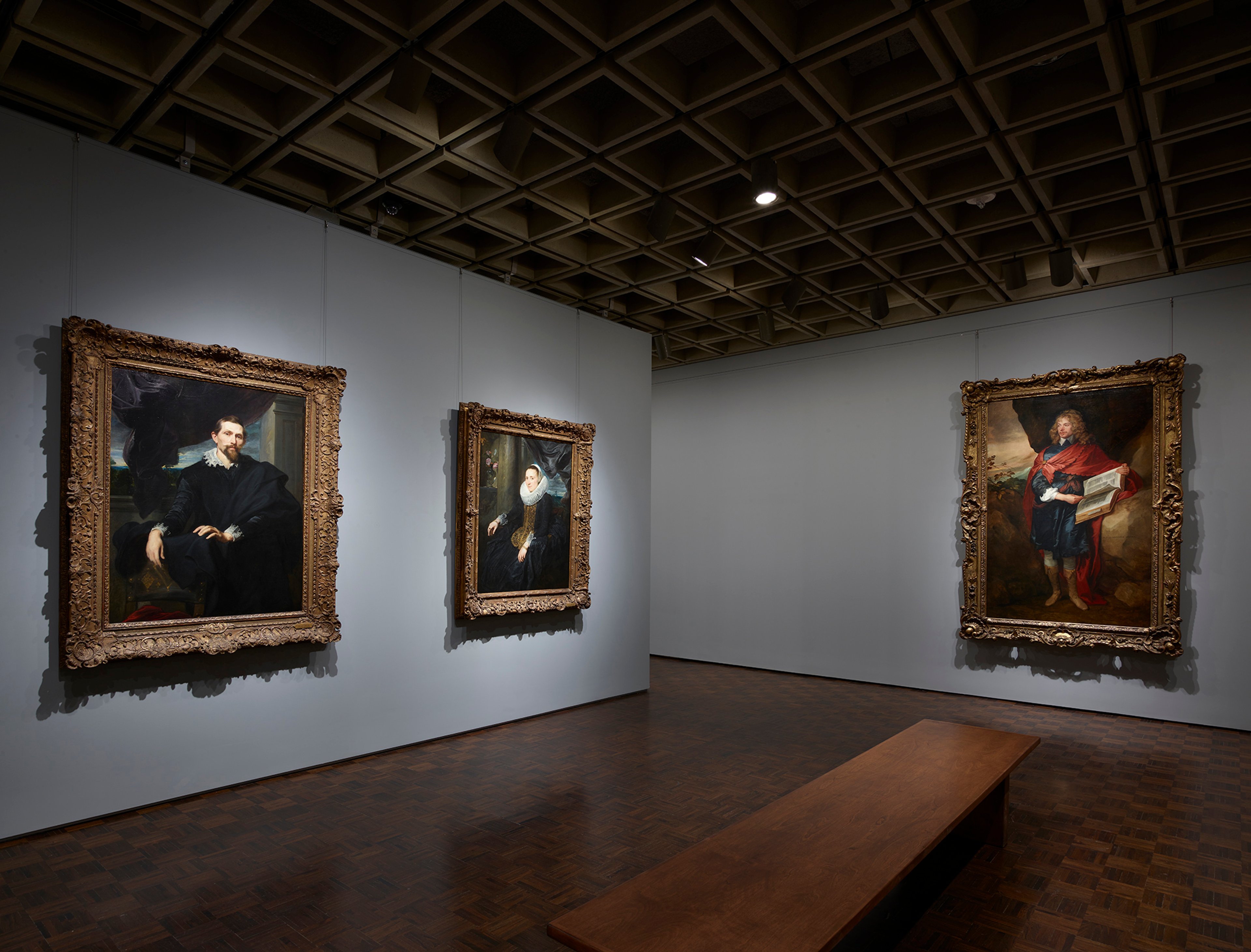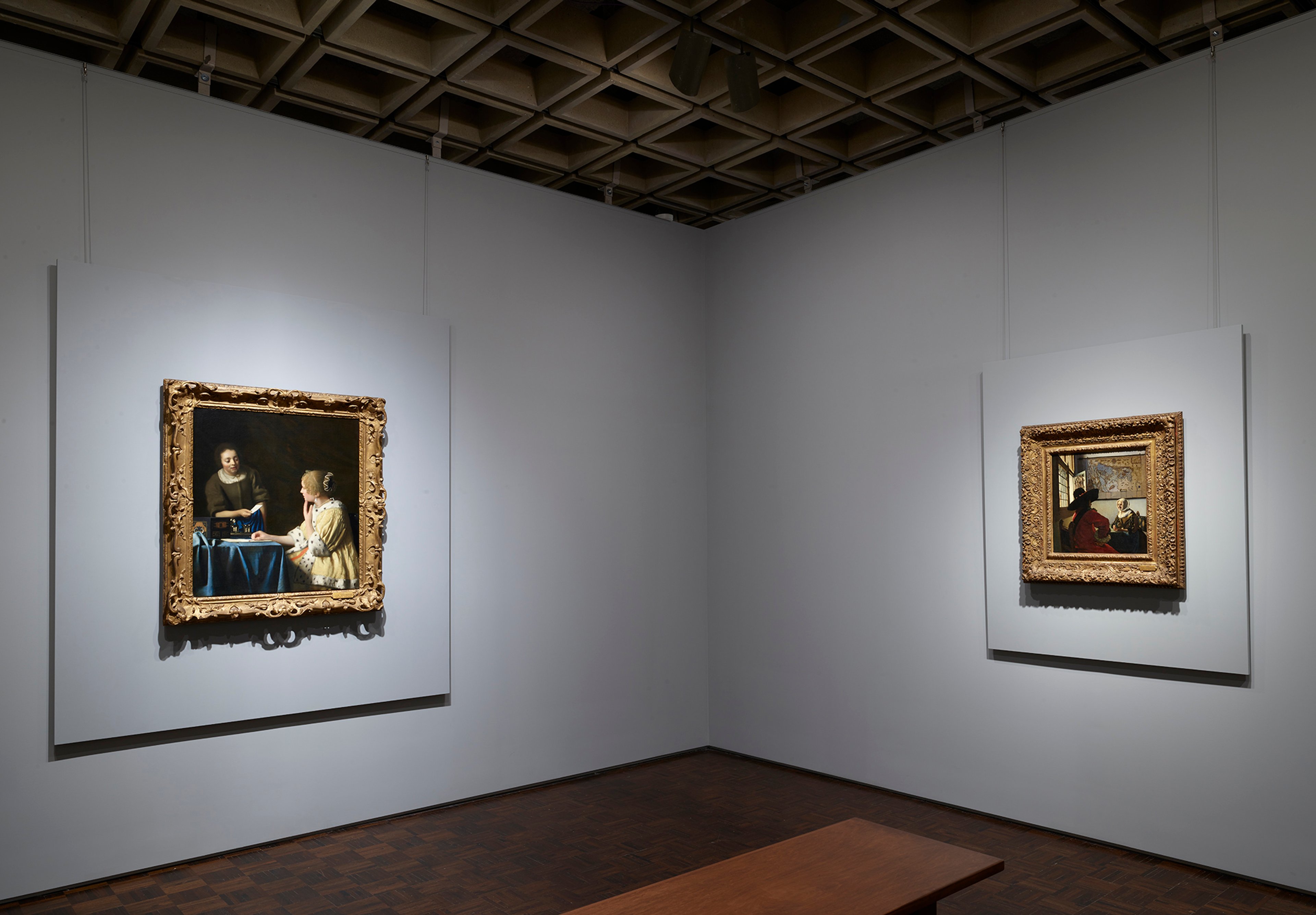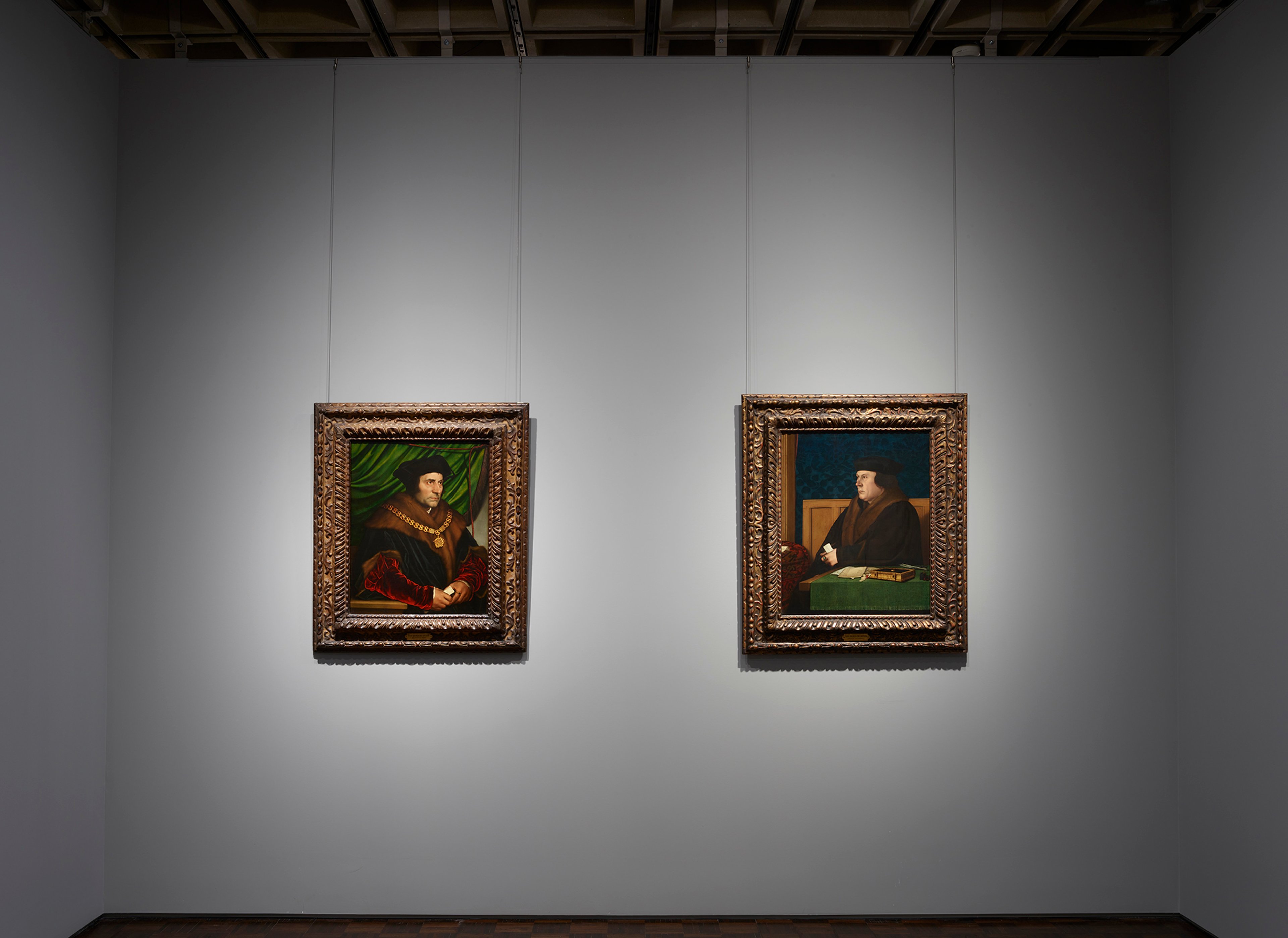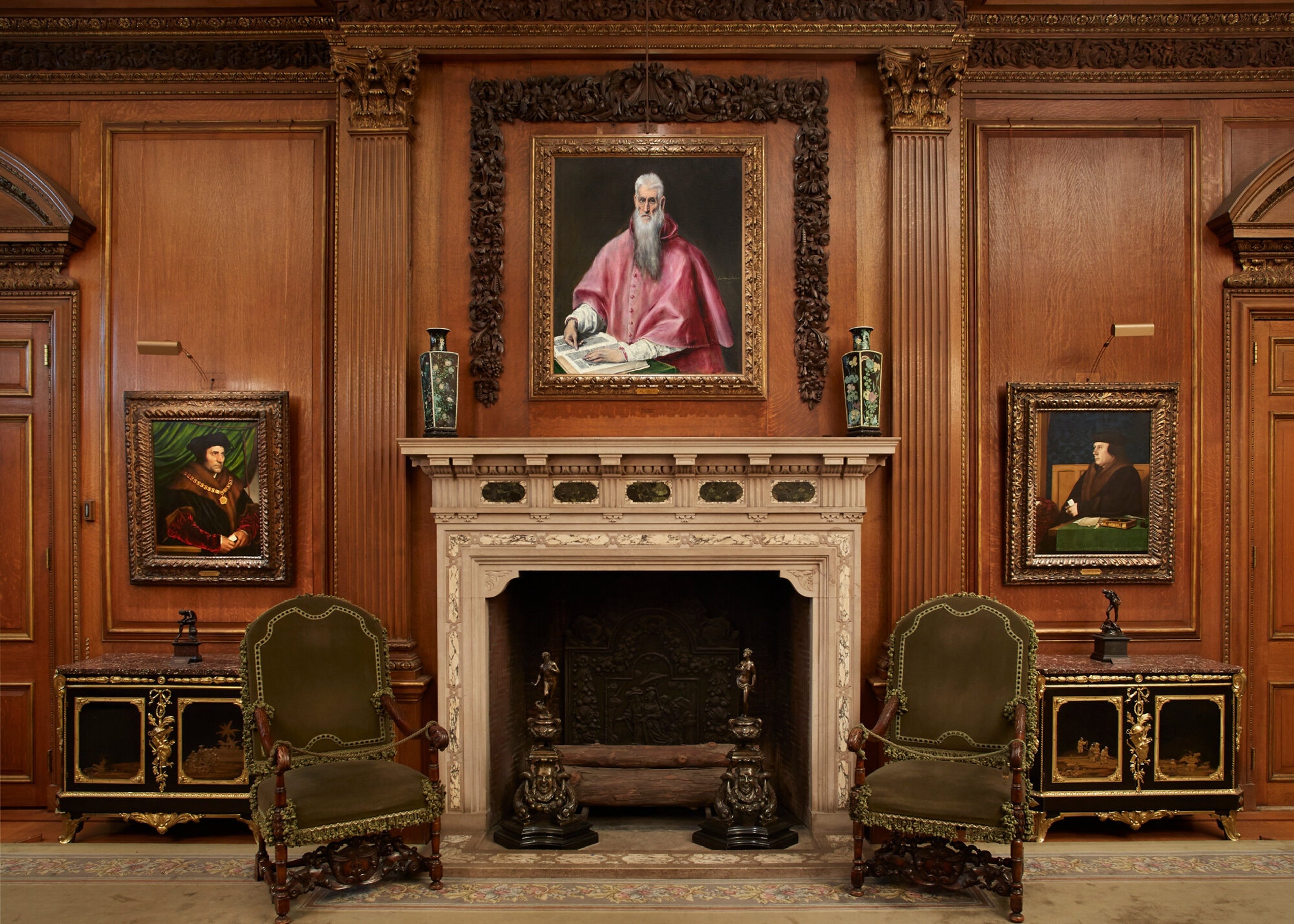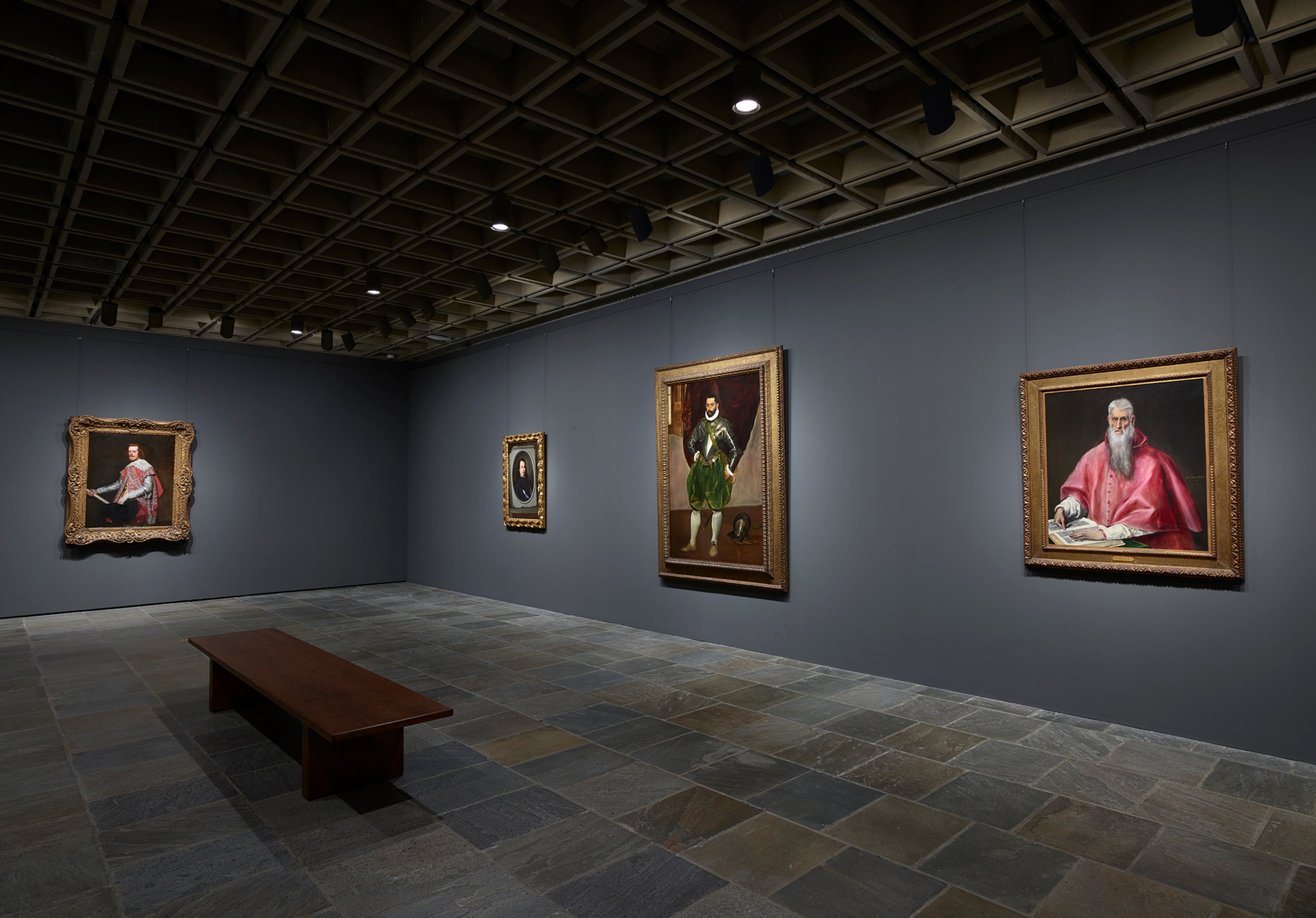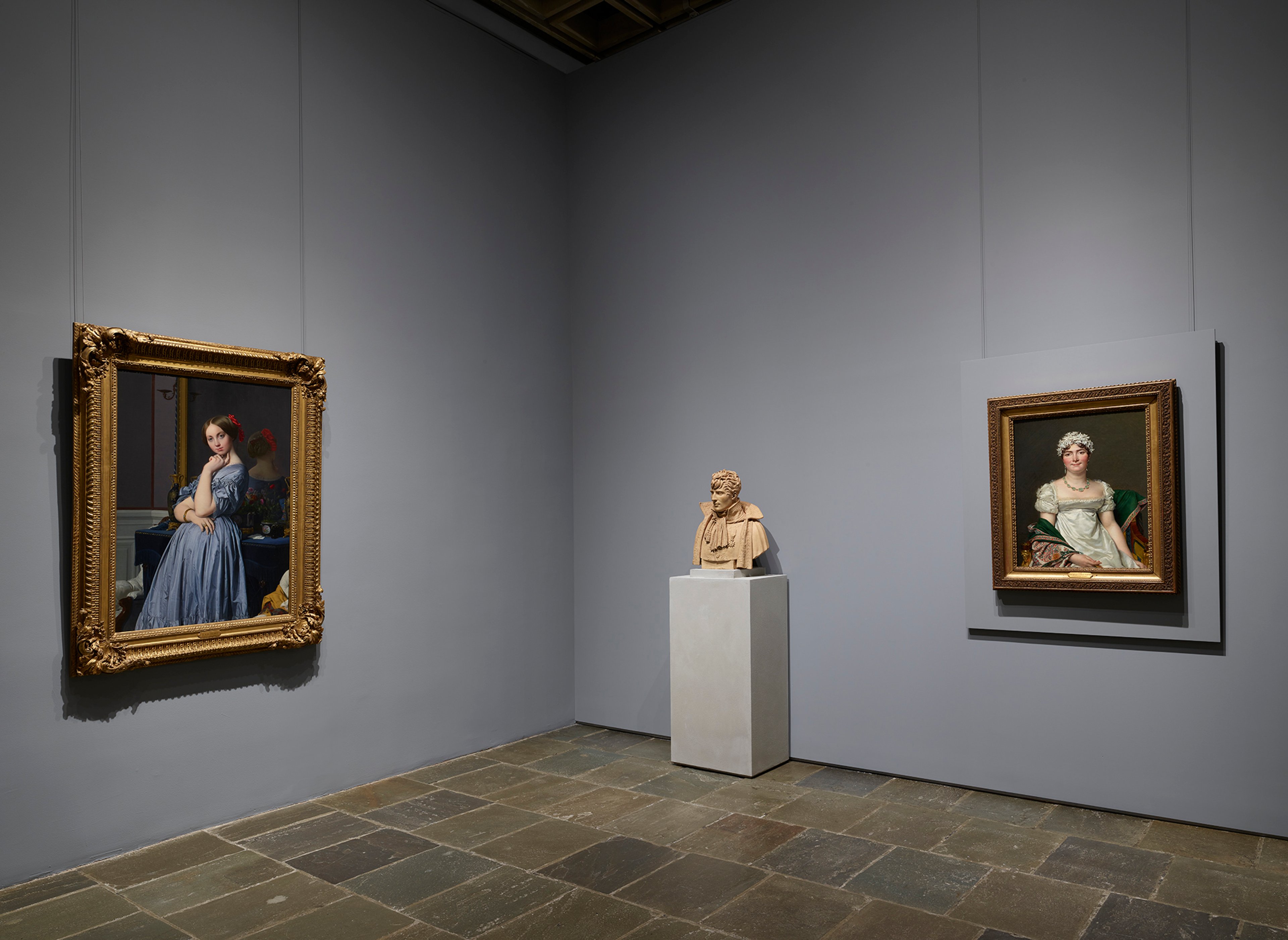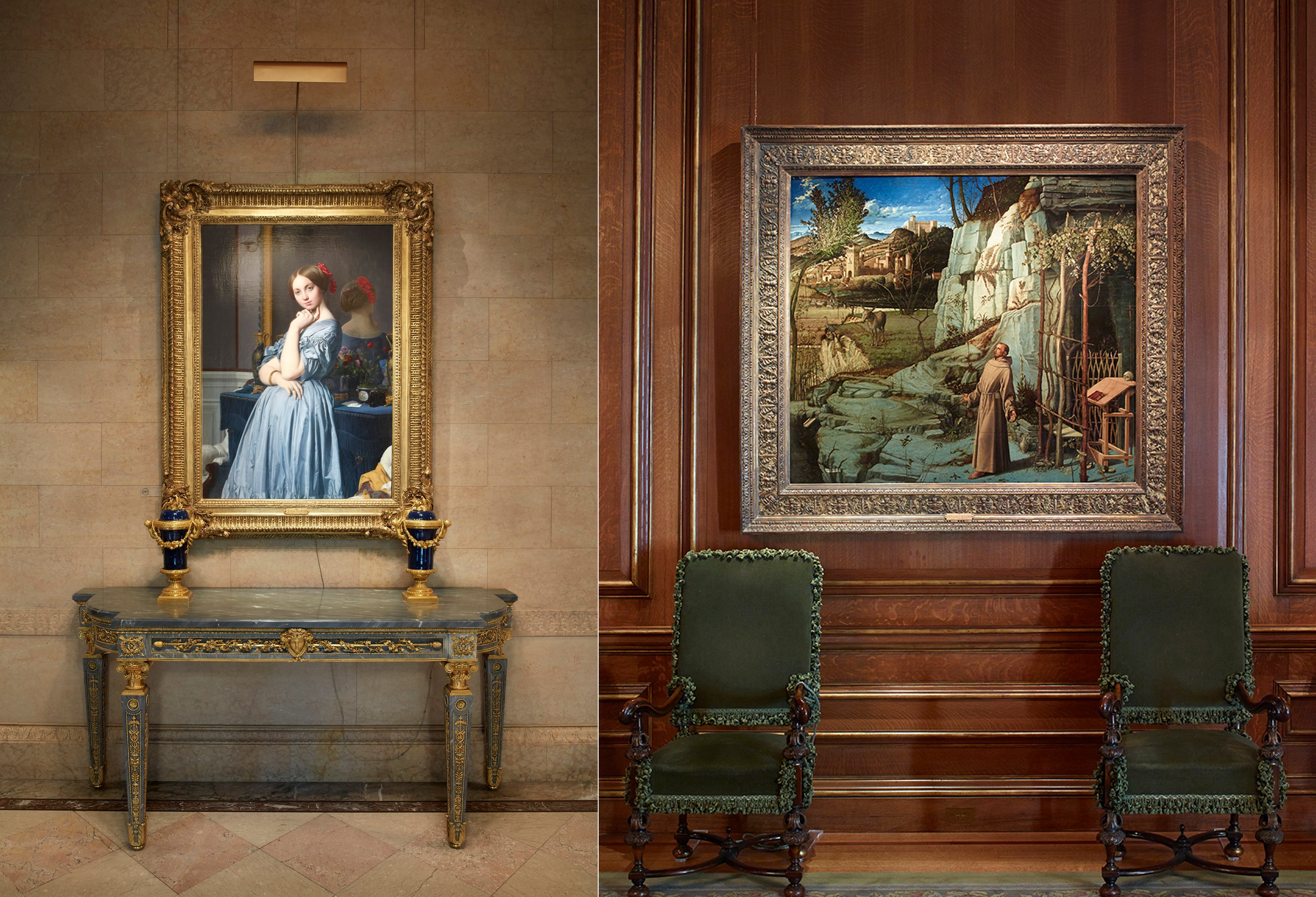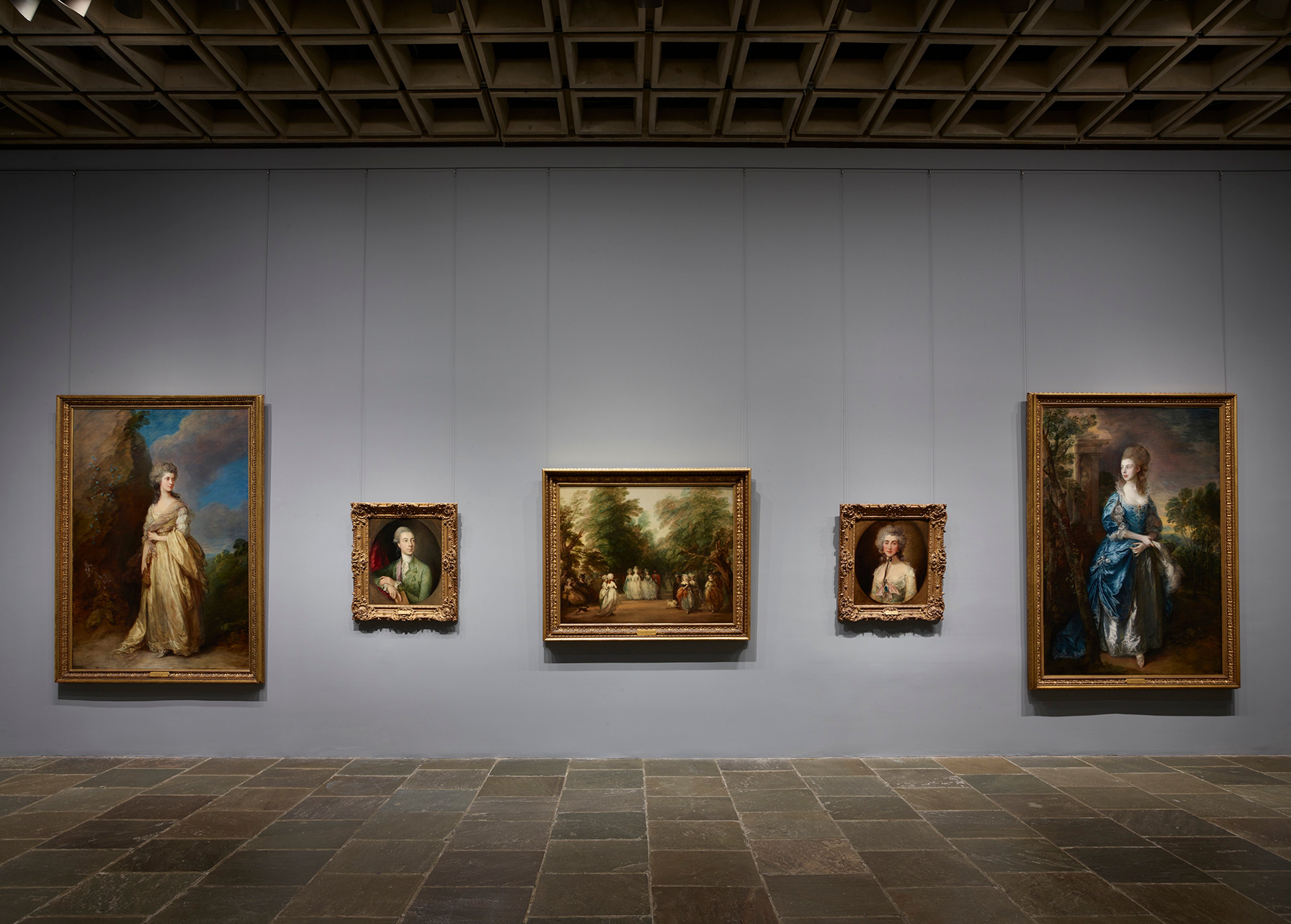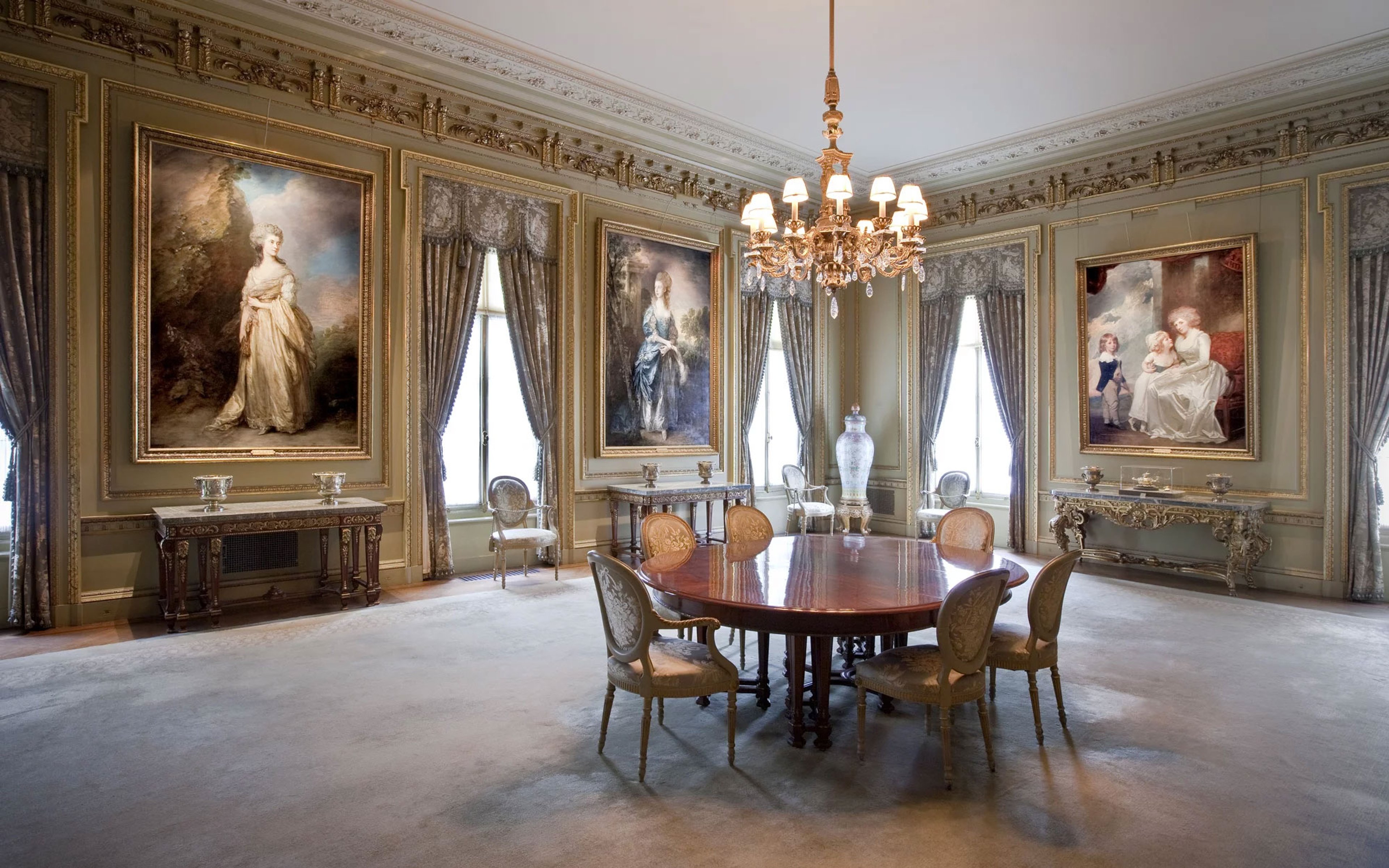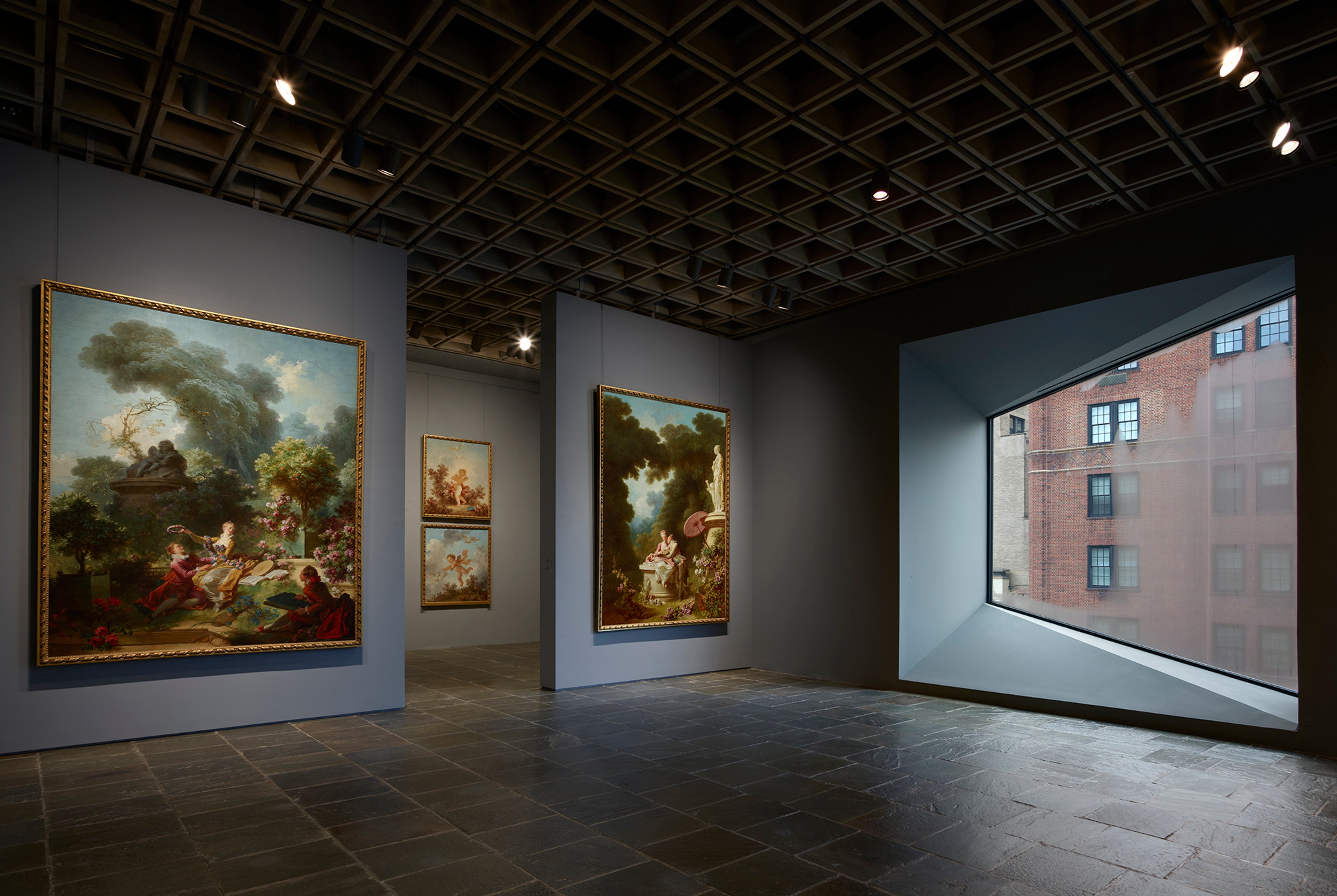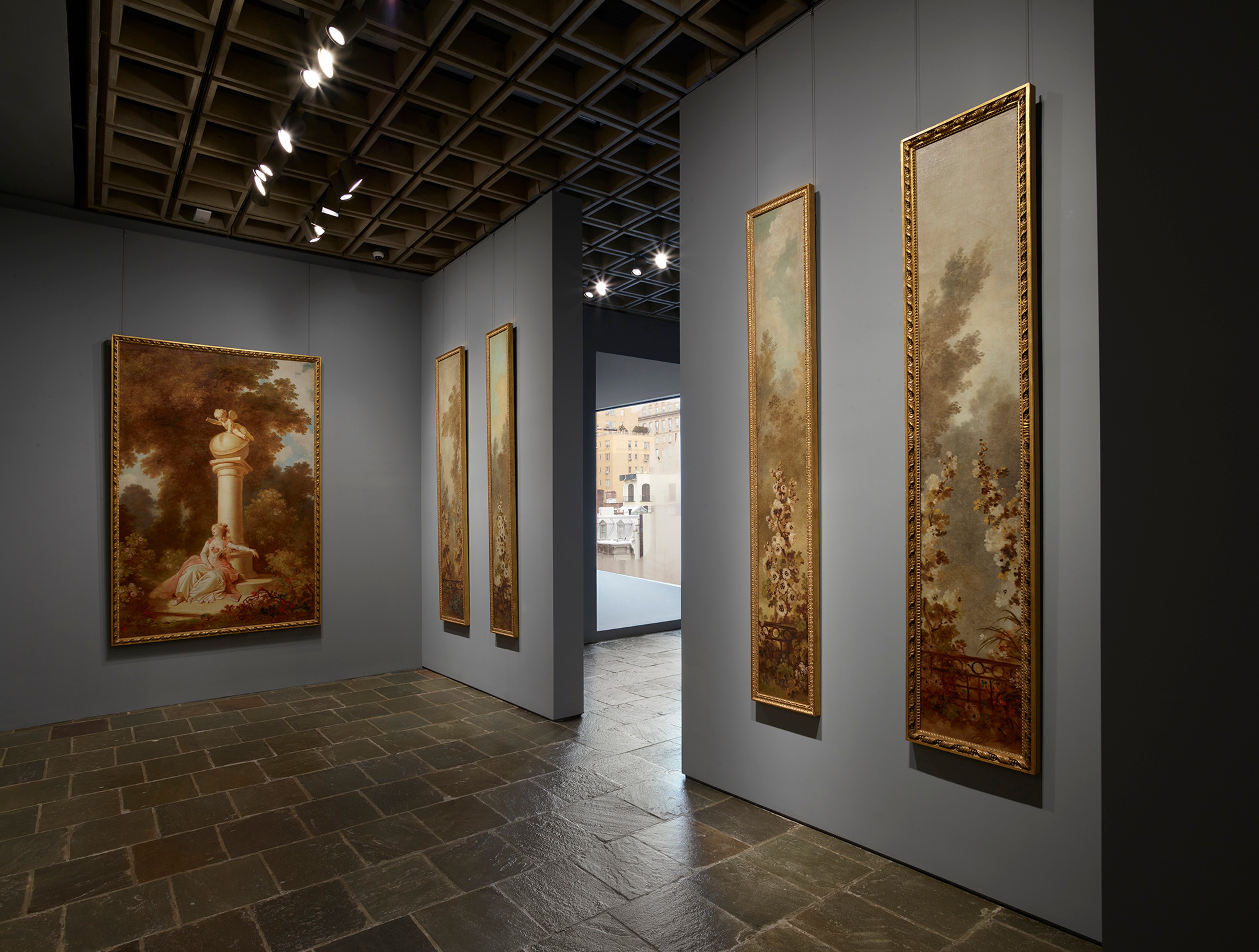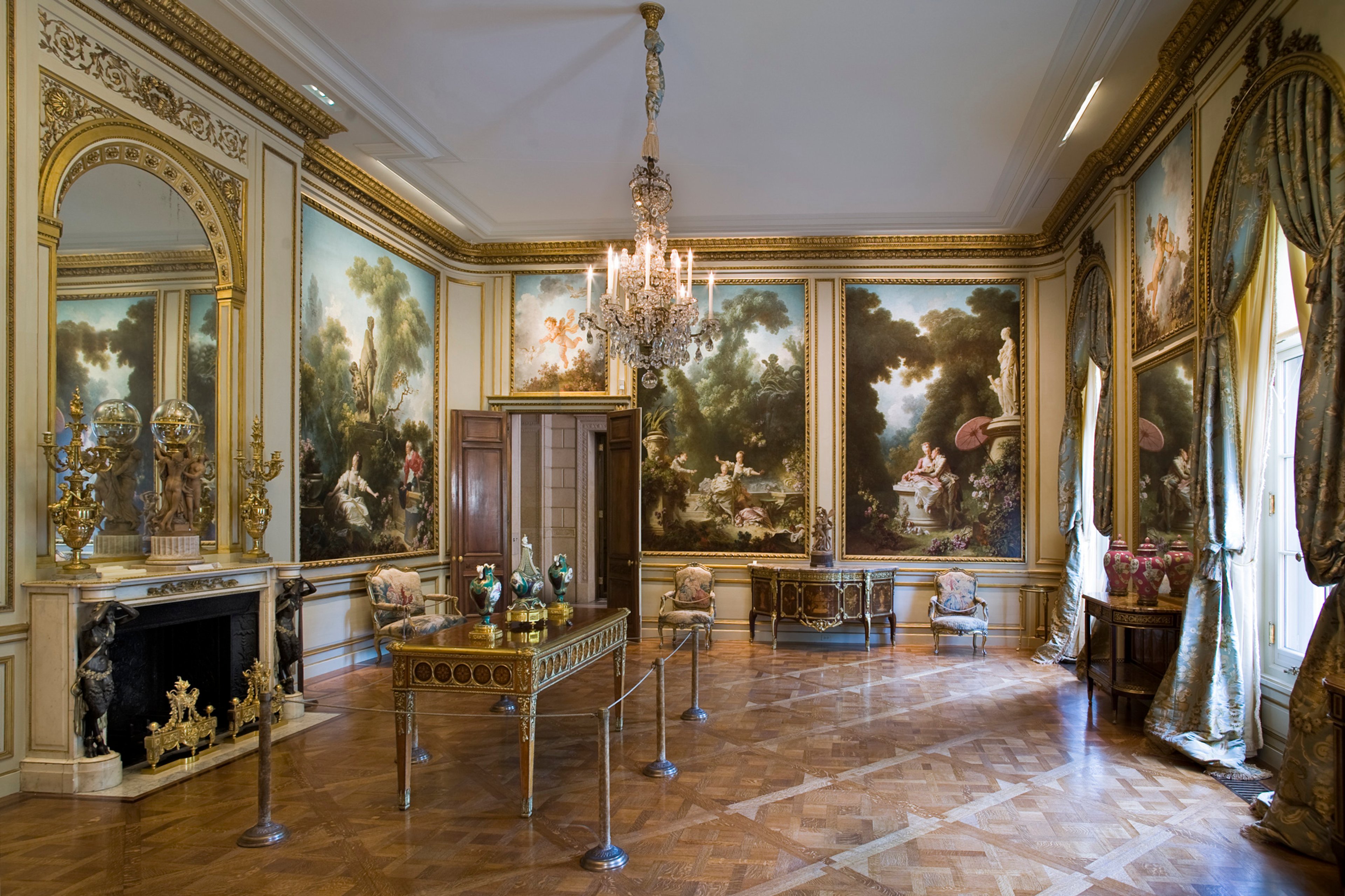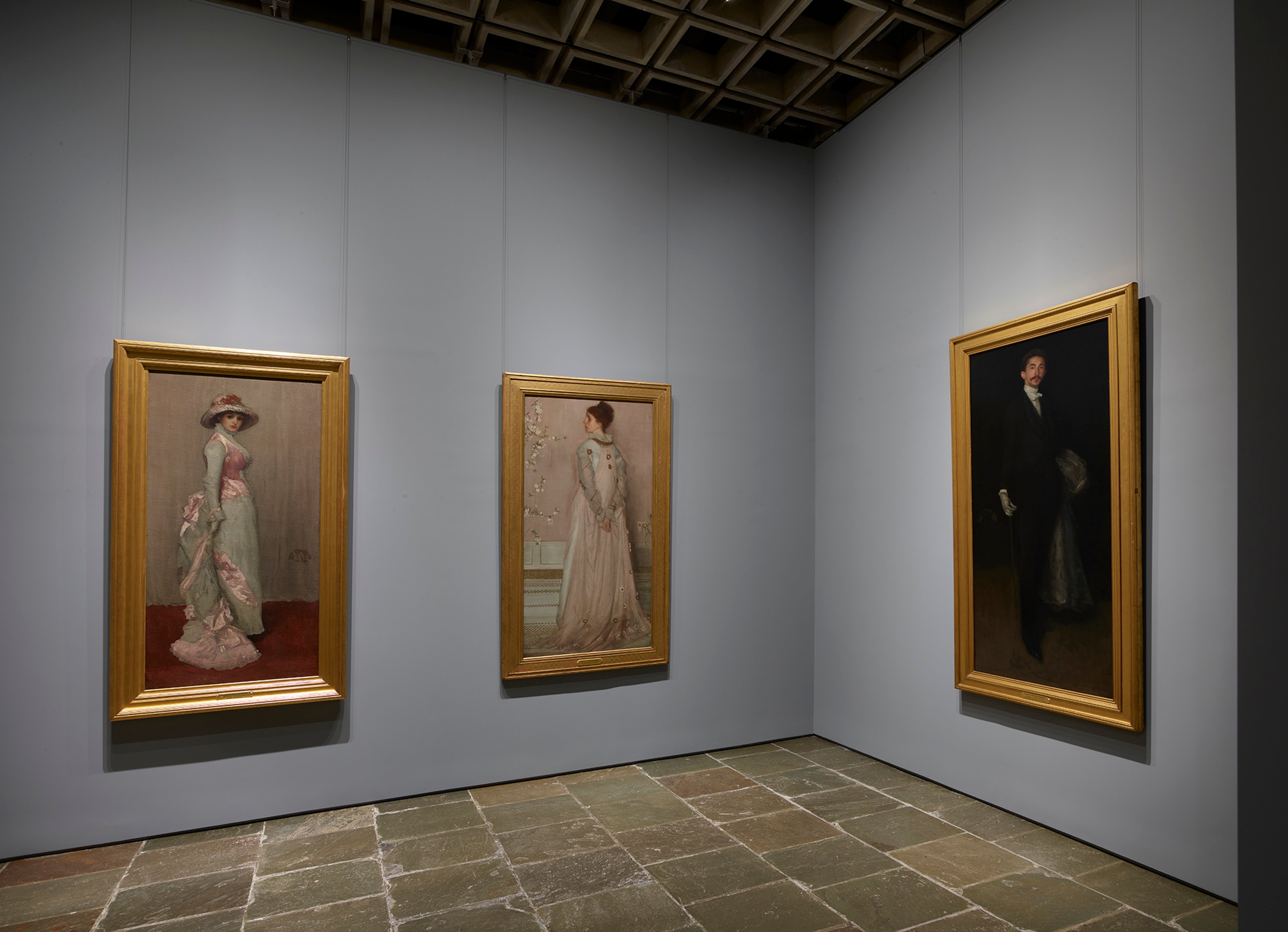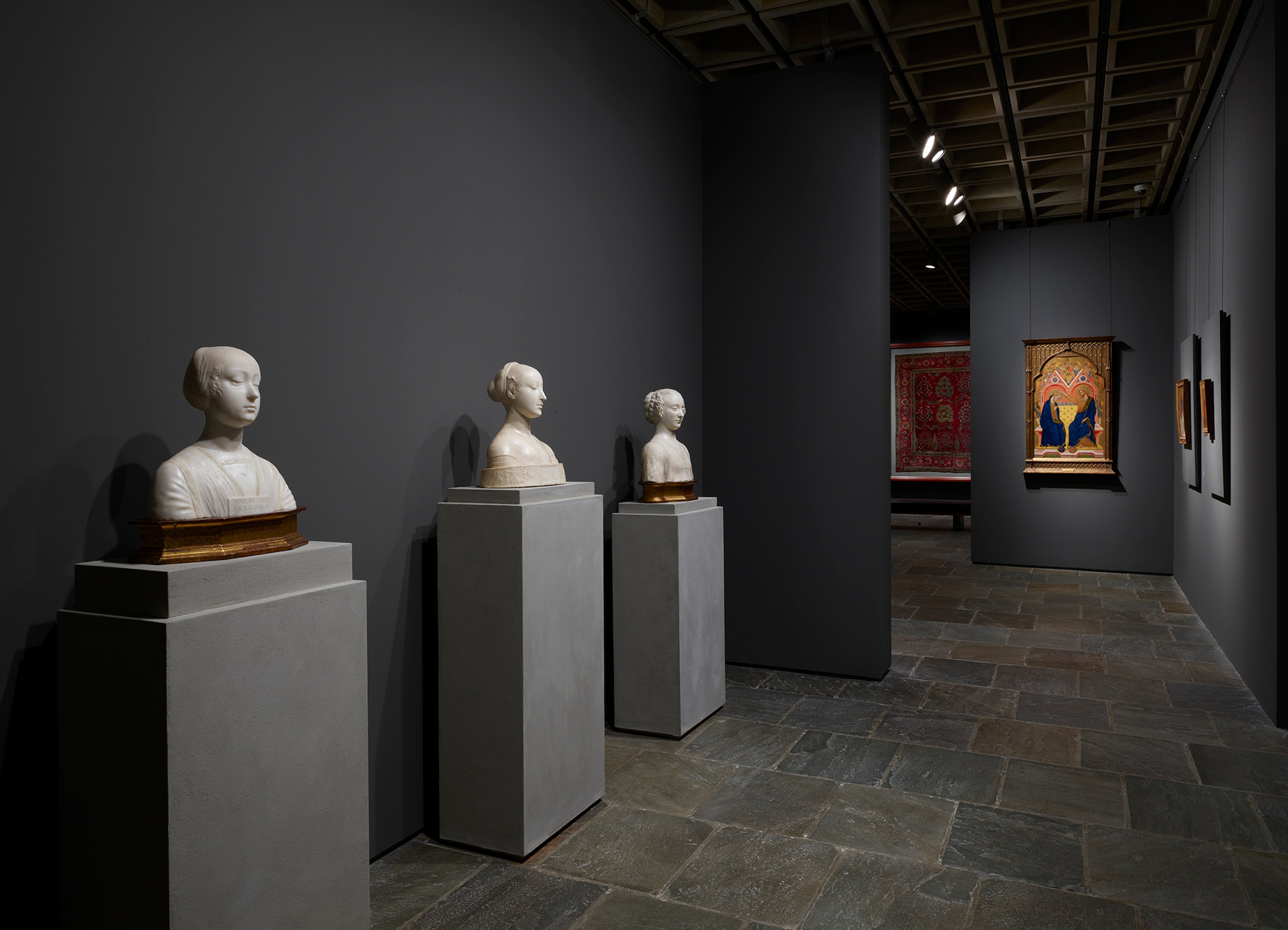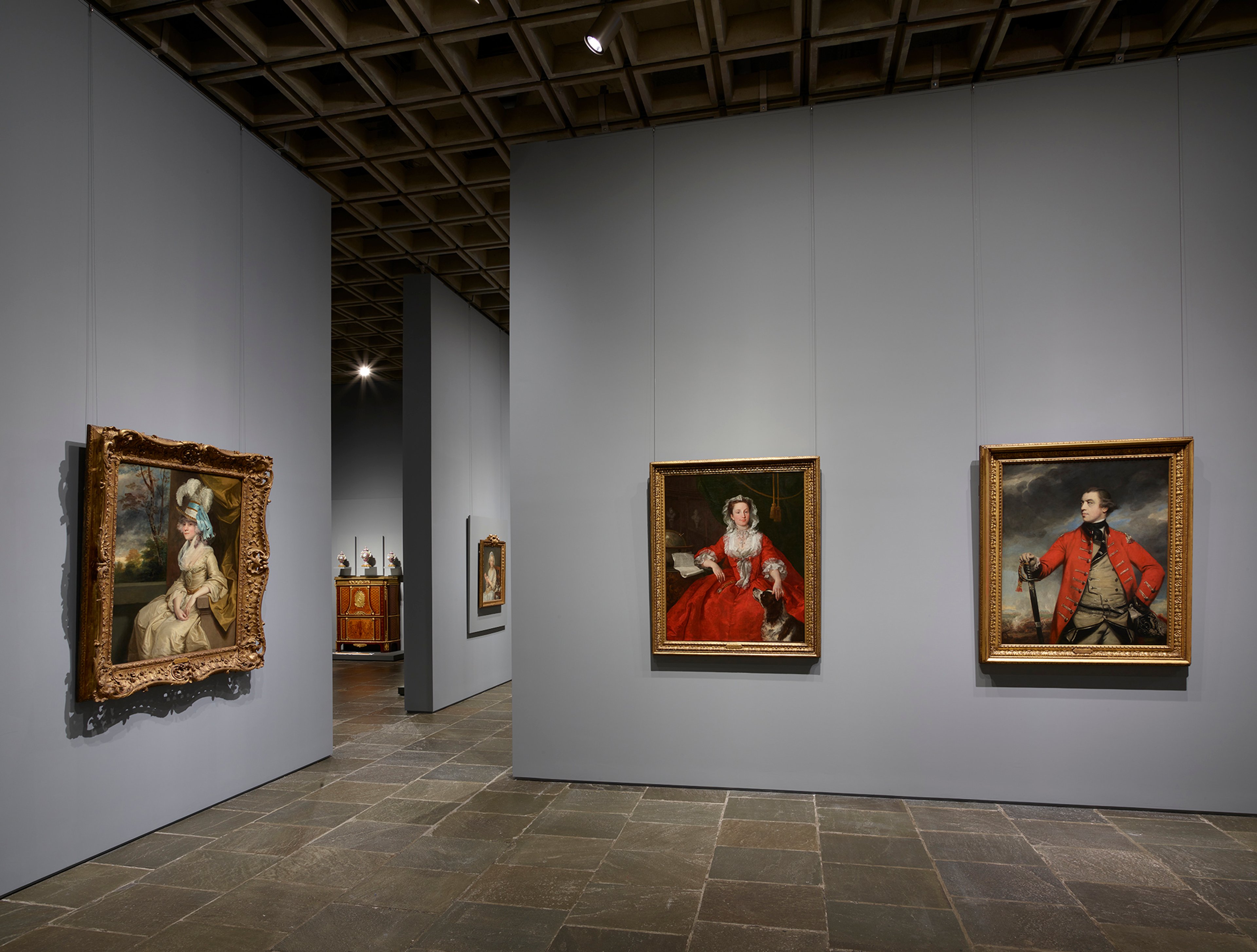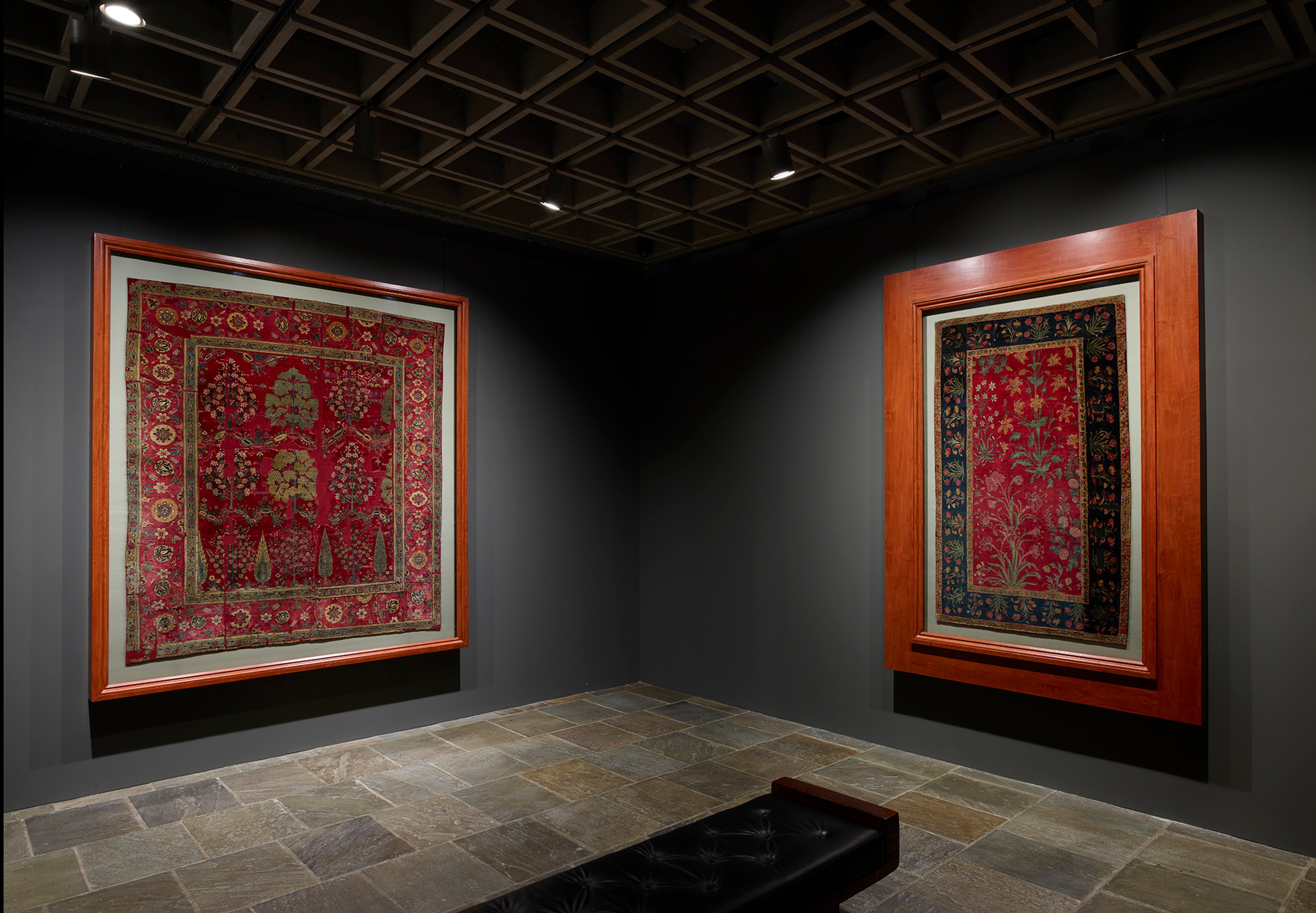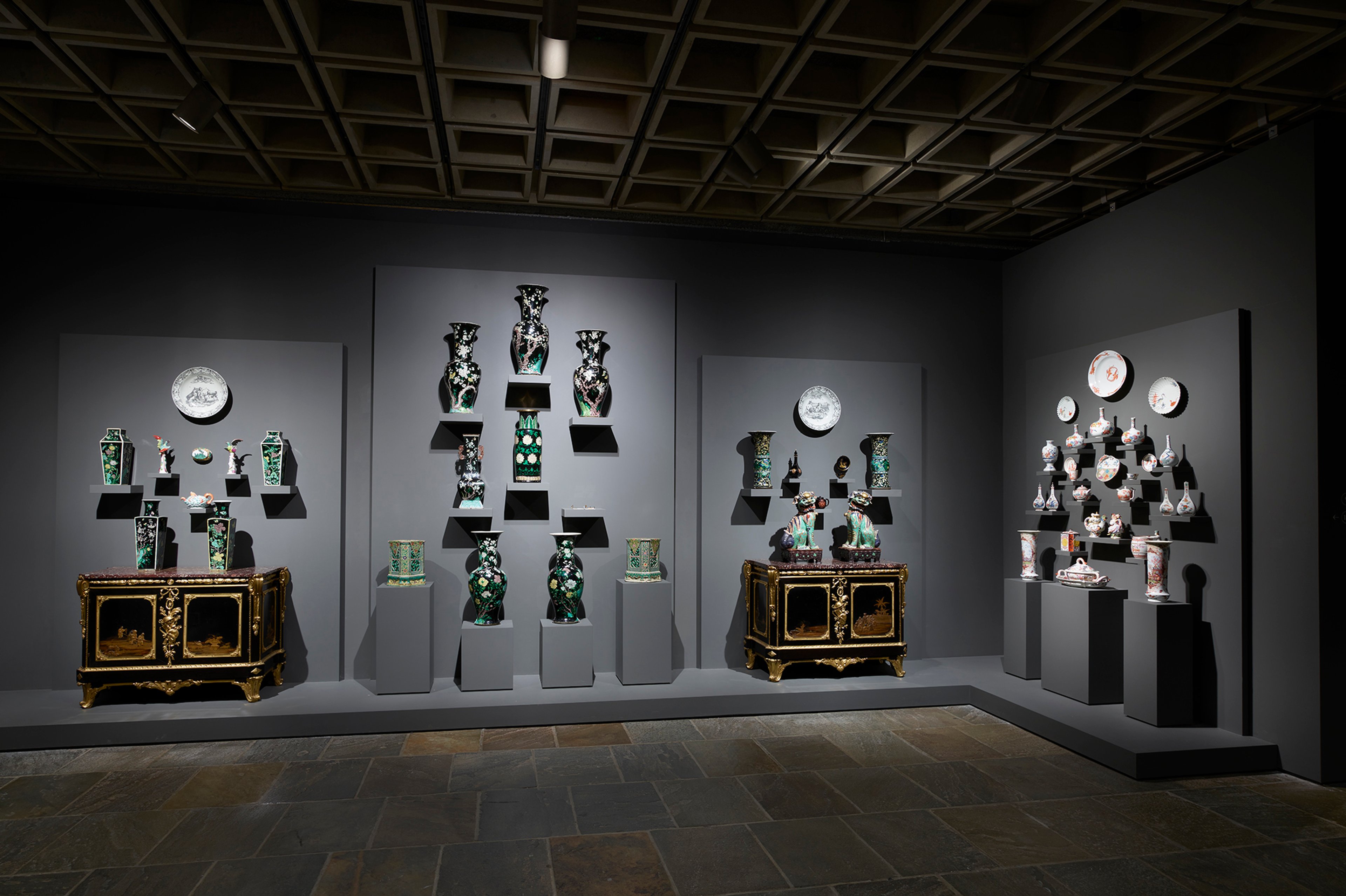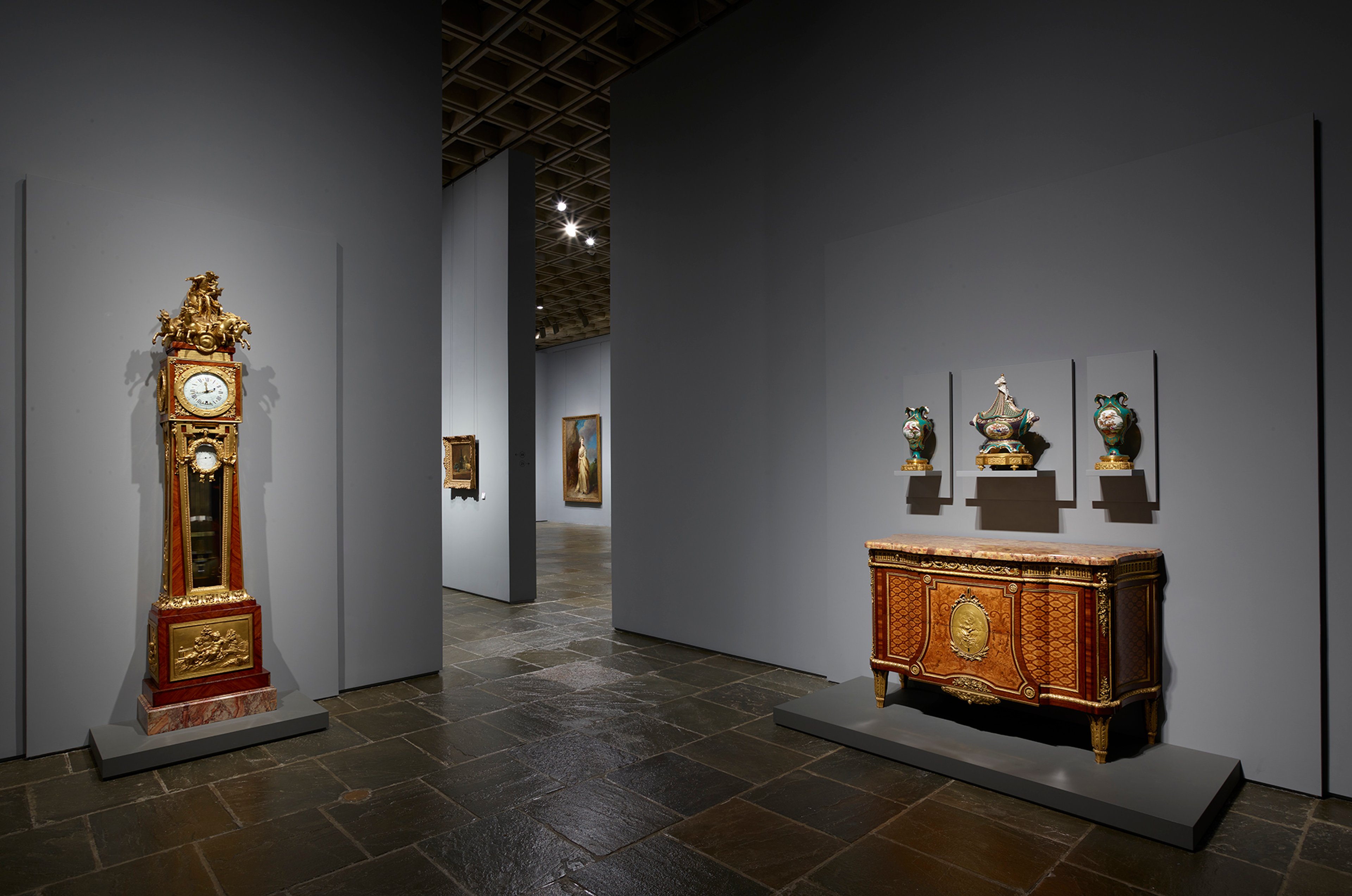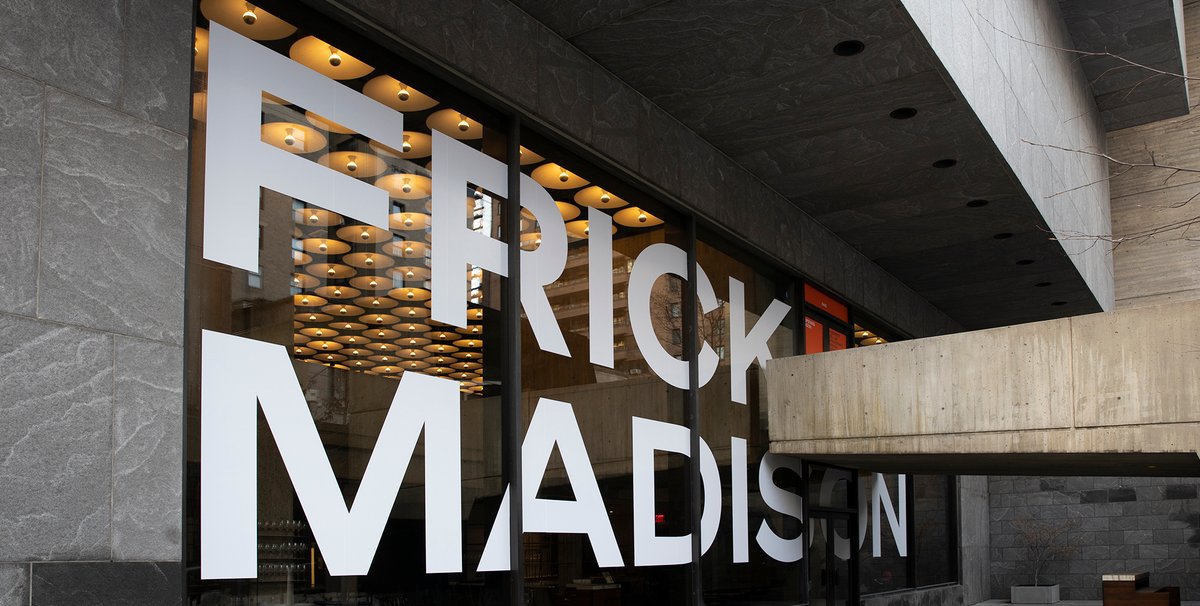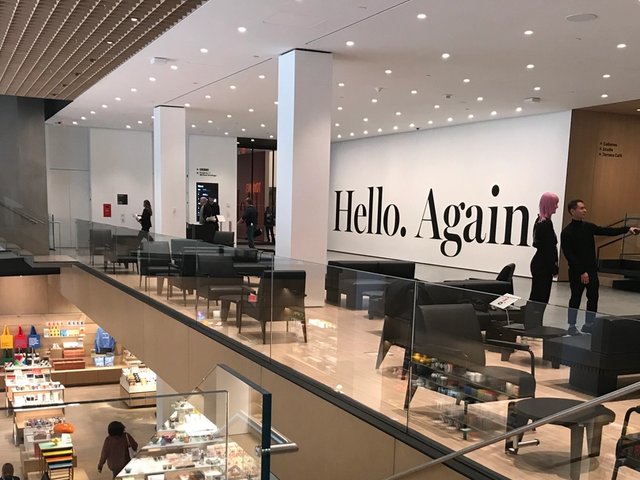The Frick Collection is opening its doors to the press today for a viewing of its startling installation of Old Master works in the Marcel Breuer building on Madison Avenue. Formerly the home of the Whitney Museum of American Art and the Met Breuer, the 1966 building exudes a rough Brutalist aesthetic that throws the Frick’s august paintings and decorative objects into unusual relief. It is a jolting contrast from how they appeared at Henry Clay Frick’s sumptuous Gilded Age mansion, which is closed for at least two years as it undergoes a renovation and expansion. “This is a different Frick than you have ever known,” Ian Wardropper, the museum’s director, said at a virtual press session today.
Here are some highlights of the installation, which opens to the public on 18 March.
• Hear more about the new Frick display in the Breuer building with Xavier Salomon, the deputy director and chief curator of the Frick, on our podcast


